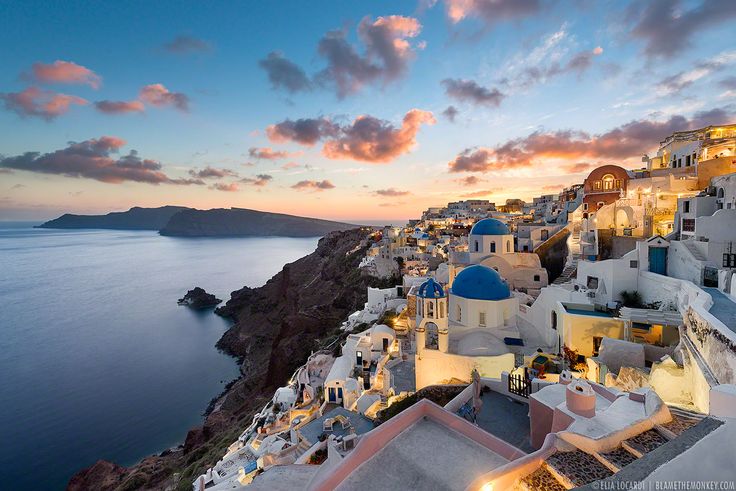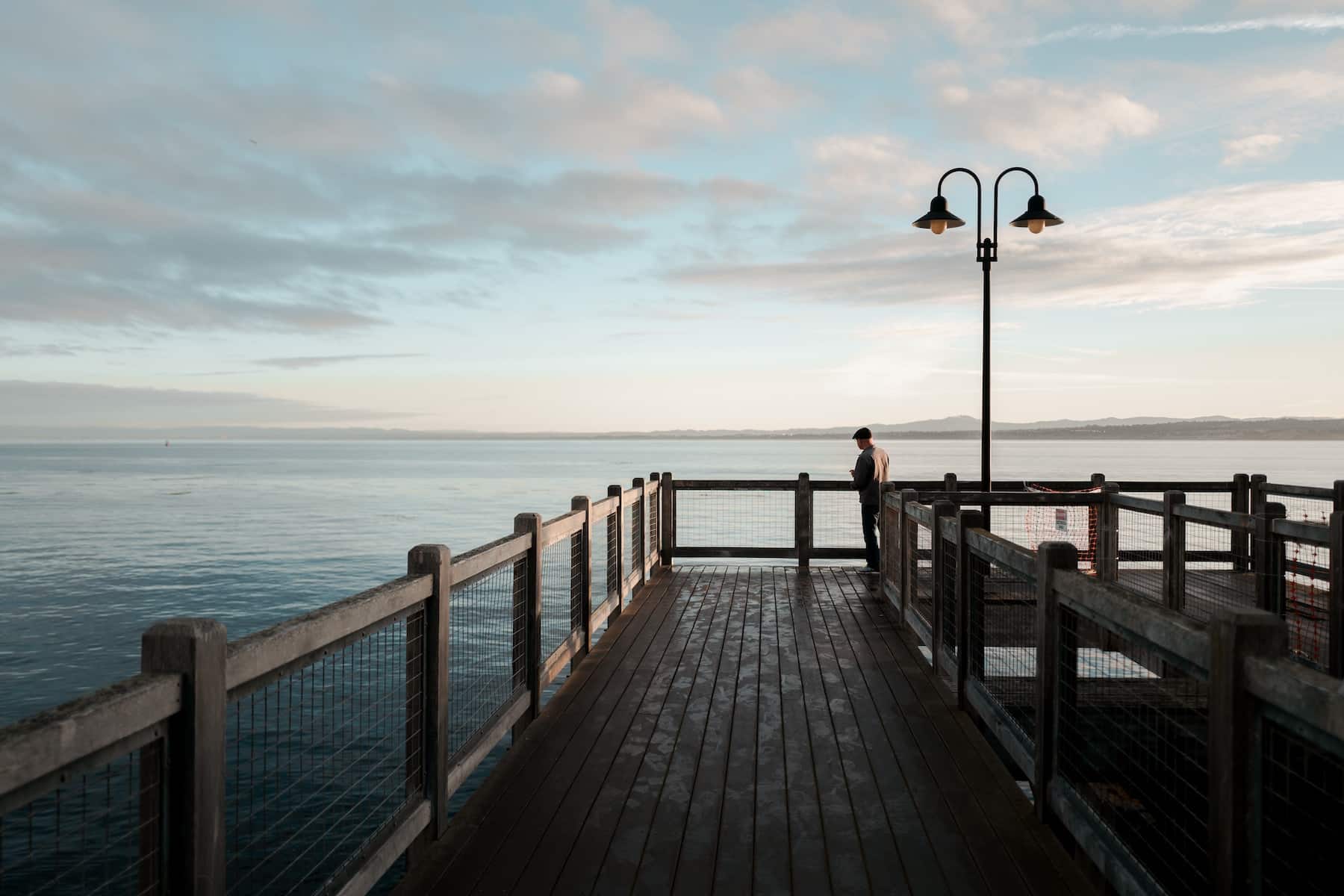The Ultimate Austria Tourism Guide: Why This Alpine Gem Should Top Your 2024 Travel List
Here’s the thing about Austria – most travelers think they know what it offers, but they’re barely scratching the surface. I remember my first trip to Vienna, expecting just another European capital. What I discovered was a country that seamlessly blends imperial grandeur with cutting-edge modernity, where you can waltz in a palace ballroom at night and ski pristine Alpine slopes by morning.
According to recent data from the Austrian National Tourist Office, the country welcomed over 31 million visitors in 2023, with tourism contributing approximately 16 billion euros to the national economy. But here’s what’s fascinating – despite these impressive numbers, Austria remains surprisingly uncrowded compared to other European destinations.
Why should Austria be your next destination? The World Economic Forum’s Travel and Tourism Competitiveness Report consistently ranks Austria in the top 10 globally for infrastructure, cultural resources, and natural heritage. But statistics only tell part of the story.
You know what’s interesting? Austria offers something most destinations can’t – genuine diversity in a compact package. Within a few hours’ drive, you can experience world-class museums, UNESCO World Heritage sites, pristine lakes, snow-capped mountains, and charming villages that look like they’ve stepped out of a fairy tale.
Did You Know?
Austria has produced more Nobel Prize winners per capita than almost any other country, including eight in Physics alone. This intellectual heritage is reflected everywhere – from the philosophical cafes of Vienna to the innovative architecture throughout the country.
The Austrian tourism landscape has evolved dramatically. While traditional attractions like Schönbrunn Palace and Hallstatt remain popular, savvy travelers are discovering lesser-known gems. The Salzkammergut region, for instance, offers the same stunning lake and mountain scenery as Switzerland but at a fraction of the cost and crowds.
What makes Austria truly special is its approach to preserving authenticity while embracing innovation. Take Vienna’s famous coffeehouse culture – it’s a UNESCO Intangible Cultural Heritage, yet these centuries-old establishments seamlessly integrate modern life. You’ll find locals conducting business meetings over Sachertorte and tourists discovering that these aren’t museum pieces but living, breathing parts of Austrian society.
Imperial Cities: Where History Comes Alive
Let me paint you a picture. It’s 7 AM in Vienna’s Naschmarkt, and the city is just waking up. Coffee roasters are firing up their machines, vendors are arranging fresh produce, and the morning light is hitting the Secession Building’s golden dome. This is Austria at its most authentic – not the postcard version, but the real, living culture that makes this country irresistible.
Vienna: The Imperial Capital
Vienna consistently ranks as one of the world’s most livable cities, and according to the Economist Intelligence Unit’s 2023 Global Liveability Index, it claimed the top spot for the second consecutive year. But what does this mean for tourists? It means everything works seamlessly, from public transport to cultural institutions.
“Vienna is not just a museum of imperial grandeur – it’s a living laboratory of urban innovation. The city’s approach to blending historical preservation with modern sustainability offers lessons for cities worldwide,” says Dr. Rudolf Giffinger, urban planning expert at Vienna University of Technology.
The Ringstrasse alone deserves a full day. This grand boulevard, built in the 1860s after Emperor Franz Joseph ordered the demolition of the medieval city walls, showcases the apex of Habsburg architectural ambition. The Vienna State Opera, Parliament Building, and Burgtheater create an outdoor museum of 19th-century grandeur.
- Schönbrunn Palace: 1,441 rooms of imperial excess, with gardens that rival Versailles
- Belvedere Palace: Home to the world’s largest collection of Gustav Klimt paintings
- St. Stephen’s Cathedral: Gothic architecture meets modern Austria in the heart of the city
- Naschmarkt: A 16th-century market that’s now Vienna’s culinary soul
Salzburg: Mozart’s Musical Legacy
If Vienna is Austria’s political heart, Salzburg is its musical soul. The UNESCO World Heritage Old Town feels like a Baroque stage set, which isn’t accidental – this is where opera was practically invented, where Mozart composed his first masterpieces, and where The Sound of Music transformed tourism forever.
Here’s something most guidebooks won’t tell you: the best time to experience Salzburg is during the off-season. While summer brings the famous Salzburg Festival, winter offers something magical – snow-dusted Baroque architecture, cozy Christmas markets, and concert halls filled with locals rather than tour groups.
“Salzburg’s musical heritage isn’t just about Mozart – it’s about a continuous tradition of innovation that connects medieval religious music to contemporary classical composition,” explains Professor Reinhard Goebel, conductor and early music specialist.
The Salzburg Festival, established in 1920, draws over 250,000 visitors annually according to festival statistics. But the city’s musical calendar extends far beyond summer. The Mozarteum University ensures year-round performances, and local venues like the Mozarteum concert hall offer intimate experiences you simply can’t find in larger cities.
Don’t miss the fortress of Hohensalzburg, one of Europe’s largest medieval castles. The 900-year-old structure offers panoramic views of the Alps and houses the world’s oldest surviving mechanical musical instrument – a 200-pipe organ from 1502 that still plays daily concerts.

Natural Wonders: Austria’s Alpine Playground
You know what’s remarkable about Austrian geography? Sixty percent of the country is mountainous, yet it’s incredibly accessible. I’ve hiked from glaciers to wine valleys in a single day, taken cable cars to peaks that would require technical climbing elsewhere, and discovered that Austria has perfected the art of making the extraordinary feel effortless.
The Austrian Alps aren’t just about skiing – though with over 400 ski resorts, the country certainly excels there. According to the Austrian Ski Association, the nation’s ski industry generates over 11 billion euros annually and provides world-class infrastructure that operates year-round for hiking, mountain biking, and scenic railways.
The Salzkammergut: Austria’s Lake District
Hallstatt gets all the Instagram attention, but here’s the insider secret – the entire Salzkammergut region offers dozens of equally stunning lake towns without the crowds. Lake Wolfgang, Lake Attersee, and Lake Traunsee provide pristine Alpine swimming, historic steamboat cruises, and hiking trails that connect charming villages.
Sustainable Tourism Tip
Visit Hallstatt before 9 AM or after 5 PM to avoid cruise ship crowds. Better yet, stay overnight in one of the lake’s smaller towns like Bad Ischl or St. Wolfgang for a more authentic experience while still enjoying easy access to the region’s highlights.
| Season | Best Activities | Average Temperature | Crowd Level |
|---|---|---|---|
| Spring (Mar-May) | Hiking, City tours | 15-20°C | Moderate |
| Summer (Jun-Aug) | Lakes, Festivals | 20-25°C | High |
| Fall (Sep-Nov) | Wine harvest, Hiking | 10-18°C | Low |
| Winter (Dec-Feb) | Skiing, Markets | -2-5°C | High (Ski areas) |
Tyrol: Adventure Capital of the Alps
Innsbruck, nestled in the heart of Tyrol, serves as Austria’s adventure sports capital. The city hosted the Winter Olympics twice (1964 and 1976) and continues to attract athletes and adventurers worldwide. What makes Innsbruck special is its urban sophistication combined with immediate Alpine access – you can literally ski from the city center.
“Tyrol represents the perfect integration of traditional Alpine culture with modern outdoor recreation technology. The region’s lift systems, trail networks, and safety infrastructure set global standards,” notes Andreas Steibl, Director of Innsbruck Tourism.
The Stubai Glacier, just 45 minutes from Innsbruck, offers year-round skiing at elevations up to 3,340 meters. But summer reveals Tyrol’s true character – over 24,000 kilometers of marked hiking trails, mountain bike parks, and via ferrata routes that make previously inaccessible peaks available to adventurous travelers.
- Take the Nordkette Cable Car for panoramic views over Innsbruck and the Inn Valley
- Explore the Ötztal Alps, home to Austria’s highest peak, Wildspitze (3,768m)
- Experience the Zillertal Valley’s traditional Alpine farming culture
- Visit the Swarovski Crystal Worlds in Wattens for contemporary art meets Alpine tradition
What continually surprises visitors is Austria’s commitment to sustainable tourism. The country leads Europe in eco-certification programs for hotels and attractions. Over 200 Austrian accommodations hold the EU Ecolabel, and many ski resorts operate entirely on renewable energy.
San Francisco
Essential Travel Planning: Making Your Austrian Adventure Seamless
Let’s talk about the practical stuff that transforms a good trip into an unforgettable one. After visiting Austria multiple times and speaking with countless travelers, I’ve learned that the difference between frustration and pure joy often comes down to smart planning and local insights.
Budget and Costs: Getting Value for Money
Austria isn’t cheap, but it’s surprisingly affordable compared to Switzerland or Scandinavia. According to Numbeo’s 2024 cost of living index, Vienna ranks 46th globally for tourist costs, significantly lower than Zurich (8th) or Oslo (15th). A realistic daily budget ranges from 80-150 euros per person, depending on accommodation choices and dining preferences.
Austrian Cultural Fact
Austria has more organic farmland per capita than any other EU country – over 26% of all agricultural land is certified organic. This commitment to sustainable agriculture means exceptional food quality throughout the country, from farm-to-table restaurants in Vienna to mountain huts serving local cheese and bread at 2,000 meters elevation.
The Austrian Federal Railways (ÖBB) operates one of Europe’s most efficient train networks. The Vorteilscard offers 45-50% discounts on train travel, and the comprehensive network means you can reach virtually any destination without a car. High-speed Railjet trains connect major cities, while regional trains serve even remote Alpine valleys.
“Austria’s tourism infrastructure represents a masterclass in balancing accessibility with authenticity. The country has maintained its cultural identity while making experiences available to travelers of all interests and budgets,” observes Sarah Miller, European travel specialist for National Geographic Traveler.
Timing Your Visit: Beyond Peak Season
Here’s what I wish someone had told me before my first Austrian trip – shoulder seasons offer the best experiences. April-May and September-October provide perfect weather, fewer crowds, and significant cost savings. Hotels charge 30-40% less than peak summer rates, and you’ll actually be able to photograph Hallstatt without strangers in every shot.
- Spring (April-May): Ideal for cities, blooming countryside, comfortable hiking
- Summer (June-August): Perfect for lakes, festivals, high-altitude hiking
- Fall (September-October): Wine harvest season, golden foliage, crisp weather
- Winter (December-March): Skiing, Christmas markets, cozy coffeehouse culture
Language isn’t a barrier – English proficiency in Austria ranks among Europe’s highest. However, learning basic German phrases shows respect and often results in warmer interactions. Austrians appreciate when visitors attempt their language, even poorly.
Your Austrian Adventure Starts Now
Ready to experience Austria’s perfect blend of imperial grandeur and Alpine adventure? Start planning your journey by researching accommodation in your preferred region, checking festival and cultural event calendars, and considering a rail pass for easy transportation. Austria rewards curious travelers who venture beyond the obvious – your authentic Alpine experience awaits.
What makes Austria truly special isn’t just its stunning landscapes or impressive cultural heritage – it’s the country’s ability to make every visitor feel like they’ve discovered something unique. Whether you’re conducting business in a Viennese coffeehouse, hiking through pristine Alpine meadows, or attending a world-class concert in Salzburg, Austria offers experiences that resonate long after you return home.
The question isn’t whether Austria deserves a place on your travel bucket list – it’s how soon you can start planning your Alpine adventure. In a world of over-touristed destinations, Austria offers something increasingly rare: authenticity, quality, and the kind of travel experiences that remind you why you fell in love with exploring the world in the first place.
Bookmark this guide and start planning your Austrian adventure today. The perfect blend of culture, nature, and hospitality awaits your discovery.


